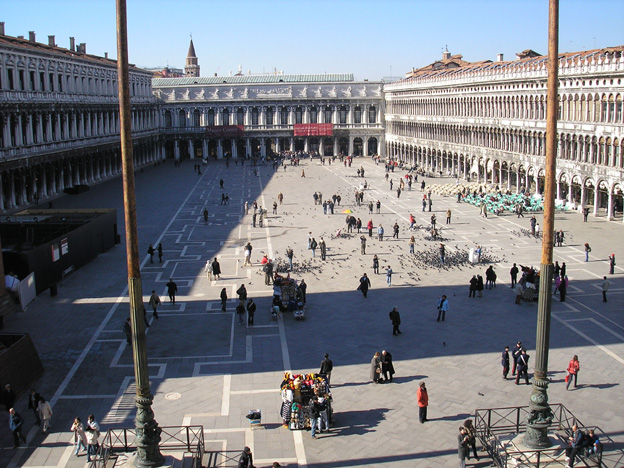
Venice is a man-made island on wooden poles, important not only for its particular characteristics, but also because it was one of the commercial centers of the Mediterranean. The main African trade were gold, spices and silk from the Orient that allowed the city to accumulate wealth that would enable the construction of buildings in stone and marble. The lagoon settlements date back to Roman times when the Lombard invasion of the sixth century forced the people of "Venice" to find refuge in the islands of the lagoon. Venice was ruled for more than a millennium by the Duke or Doge initially appointed and subsequently elected by popular imperial. Environmental conditions depended on urban education, the lack of a core city growth. Venice is in fact a collection of nuclei consisting of islands separated by the lagoon surface water from canals and bridges that became increasingly dense enough to reduce the current channels. The basin of San Marco there was a great urbanization, so that in the thirteenth century the city's landscape was what we know now. In the eighteenth century, following defeats and loss of possessions, the history of independence and ended in Venice that the city responded by putting up his new role as a party capital, theater and tourist elite. Marciana’s Area is a concentrate of art and architectural treasures, welcomed around the Piazza San Marco, one of the most famous squares in the world. Includes the Saint Mark Basilica, the Clocktower, the Doge's Palace, the Procuratie old, new, brand new or Napoleonic, Marciana Library, the Mint, the Loggia of the Campanile, the bell tower, the Bridge of Sighs, the Prisons.
Nessun commento:
Posta un commento